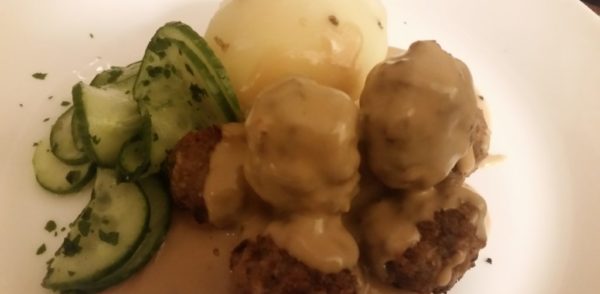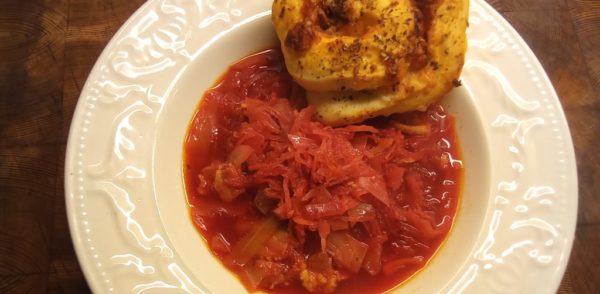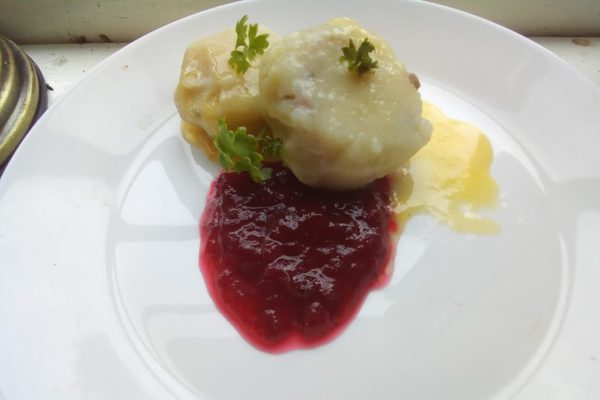The Swedish Kitchen
Eat like a viking
Meatballs, smörgåsbord, sandwich cake, cinnamon rolls, fermented herring and The Swedish chef in The Muppet Show. That seems to be the common view on the Swedish kitchen, but obviously it is so much more.
Traditionally based around fish, pork and root vegetables the Swedish kitchen has evolved with migration, warfare, trade and travel.
I share with you recipes from the traditional Swedish kitchen and what is on the table in modern Swedish homes.
About
tHE sWEDISH kITCHEN
Historically people have eaten what the land can provide and Sweden – being a rather large country with lots of woodland and waterways, and not so many people – provided well for it’s inhabitants.
In the north, with its vast wilderness, long winters and meager soil, people relied on fish and animals they could hunt as well as what could be cultivated in the short summers. Hence the diet was protein based, supplemented by berries, roots and herbs.
Further south the soil was more fertile and winters mild and the land was more suitable for agriculture, which had an impact on the diet and the population ate more carbohydrates than their neighbours to the north.
With international trade, migration, war and travel came new influences.
The vikings brought habits, goods and slaves from the areas they raided and conquered, in medieval times came Christianity and from the monasteries new herbs and eating habits spread, later the Hansa provided easier access to spices and migration and warfare further changed the diet.
In modern times migration brought pasta, pizza, Shish kebab and Chinese food. Media popularised Sushi and Burgers. Travel being made more accessible brought in Tacos, Thai food and curries. All these foreign kitchens had dishes incorporated into, and adapted to, the diet of the modern Swedish family.




Cooking like a Swede

Traditional
Based around pork, fish and root vegetables the traditional Swedish kitchen features dishes which are often cost effective but labour intensive. I recommend taking your time cooking these dishes, but in many cases offer suggestions for short-cuts.

Modern
Influenced by migration, travel and media new dishes have made it onto the table in Swedish homes. These days “Taco Friday” has become a well established phrase, and pasta is a staple. The average Swedish family has developed a more international palate.

Substitutes
Many of the ingredients used in the traditional Swedish kitchen are highly regional and can be difficult to access in some parts of the world. I offer suggestions for acceptable substitutes for these and/or in some cases links to where you can order them.